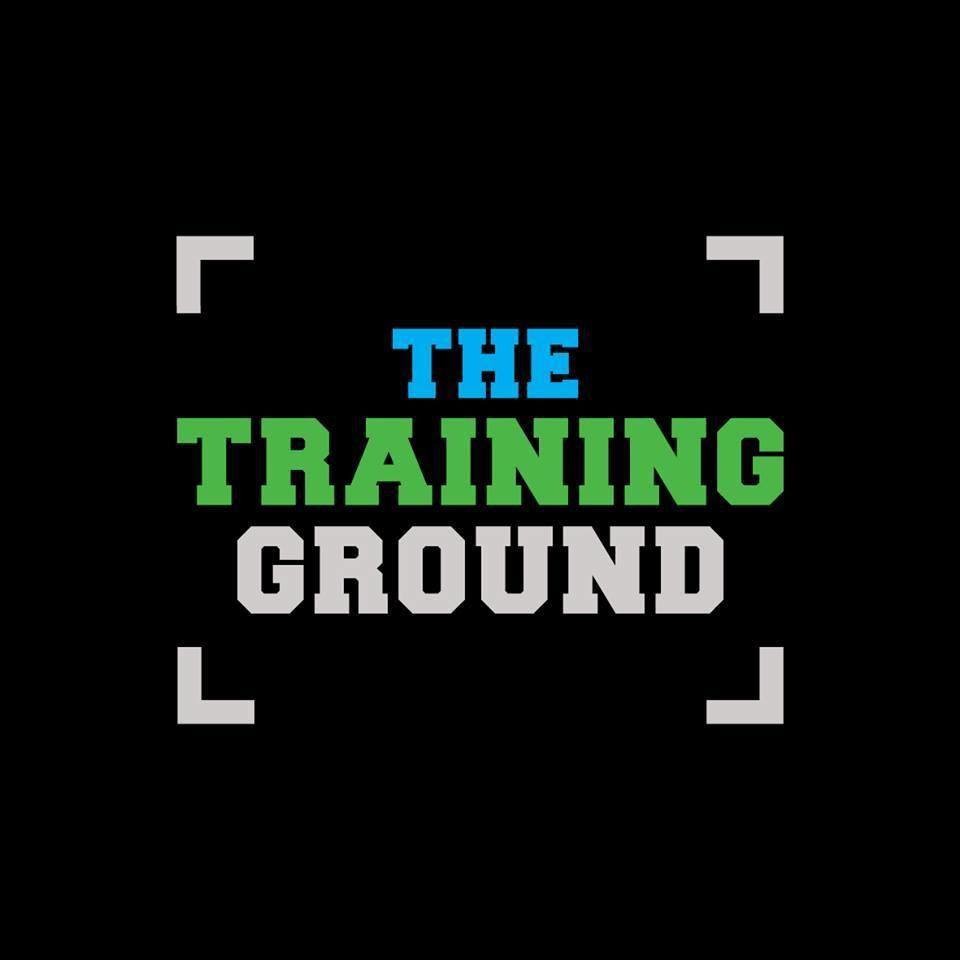The complete ‘fix your posture’ guide.
- TTG Staff

- Jan 2, 2022
- 4 min read
Hopefully, you are familiar with the term 'mobility!' the word implies the 'active' range of motion the body can move through whilst maintaining control (strength + flexibility = mobility). Flexibility refers to one's 'passive' range, whereas mobility is an 'active' range of motion—flexibility, primarily trained with passive stretching and mobility, through strength training. Mobility is a crucial aspect of being physically healthy. When you are not regularly moving in a full range of motion, you have a higher risk of becoming injured, and the body can suffer from general stiffness and aches through the joints. Sound familiar?
When we move, our muscles work, and they will eventually become restricted with repeated use. Therefore, if you want to continue moving well, it is crucial to prioritise mobility exercises. If you are sore, tight or stiff, these are all symptoms of muscle stiffness, and by the end of this article, you will be able to link your pains to the exercises that address the stiffness and improve your body's mobility.

The significant advantages of better mobility are:
Lower risk of injury
Improved strength
Optimal joint movement (range of motion)
Increased joint functionality
Increased activation by the Central Nervous System
Improved functional movement for everyday life and tasks (pain-free living)
Throughout this article, you will read about a 3-step method that I have formulated to best improve people's mobility with long-lasting results. For example, take the body of the triangle; it is physically the strongest of all shapes with its three-point structure. Therefore it makes perfect sense that we think of this 3-step formula as the necessary actions required to make our bodies the strongest they can be.

Lastly, before we delve into the exercises, I would like to point out that the body constantly combats the pressure of gravity holding us to the ground. The information you see marketed as "perfect posture" is the body's "best alignment", sharing the load amongst muscles reasonably to absorb gravity pressures through movement. Remember that a "still-posture" is not a good posture because of the above point - repeated posture will eventually tighten specific muscles, thus limiting mobility. For this reason, I like to start from the ground up and the order of release, activate, strengthen is commonly the sequence l follow when doing my mobility training. The best advice I can give is to learn each of the exercises below and practice them regularly, focusing on increasing strength in a full range of motion.
Disclaimer:
Applying the following movements to existing injuries may cause increased swelling, inflammation and a myriad of other undesirable effects. Always consult a relevant practitioner before beginning any exercise program and at the onset of any injury.
Things to be thinking about when mobilising:
Breathe! Do not hold your breath
Listen to your body; this will require discomfort but should not cause pain
Be consistent
Feet
The bodies first shock absorber. Having strength and mobility within your feet is vital for your ability to control contact with the ground and move without sending stress further up the body. Have fun trying the activation exercises in this video; do not worry if you cannot direct your toes at all; that is common. The inability to control our toe movement answers many questions about pain in the body. Enjoy.
Knees
A point that often shocks people is that pain in the knee joint can also occur because of poor ankle and hip mobility. Therefore, do not just single out working on your knees because they hurt. It would help if you were addressing the entire lower body (hip, knees, & feet) to ensure you release the stress on the knee joint and build strength in all leg muscles so that the load can be shared and, hopefully, pain relieved.
Hip (low back)
Like the knee, many areas can cause low back pain that can be almost instantly corrected to relieve that pain. The five exercises we provide in this video may give you considerable relief in your low back.
Thoracic (upper back)
Upper Cross Syndrome is becoming more prevalent as of late because of our sedentary lifestyles. The spine is held upright by many muscles, and if we neglect to ensure these muscles are strong and mobile, then our ability to keep our spine erect is reduced.
Head (cervical)
Use these as add ons to the previous exercises. If you are attempting to fix this postural issue late (your head has already crept too far forward), the exercises in this video will provide much more relief than those in the Thoracic video. However, I still recommend you do both.
Shoulders
These exercises can be an excellent tool for shoulder issues and relieve neck and upper back pain. Therefore are great add-ons to the previous two videos. In life today, so many tasks are completed in front of us. Without the correct maintenance, the shoulders will creep forward due to the imbalance in your movement, and you will begin to experience annoying pains.
Hands & Wrists
Pain in the hand, wrist and elbow may be relieved by these exercises. Tight muscles of the forearm are all too familiar as these small muscles often get forgotten about in peoples recovery routines. The activation exercises in the video involve a fun click and follow along; therefore, you can copy me to improve the mobility of your wrists.
Now that you have a greater awareness of the 3-step method for managing and even reversing postural imbalances, you should be able to identify and address any future symptoms/problem areas that arise. Know that there are many more areas and ways to gain mobility; these are purely joint exercises that I have found effective for the mentioned reasons. I would love to hear your feedback and results from this. Enjoy your better moving body.
For more information on workshops or mobility sessions, contact Bek:
BexFlex Fitness
Bexflex22@gmail.com
Instagram: @bexflex_fitness




Comments